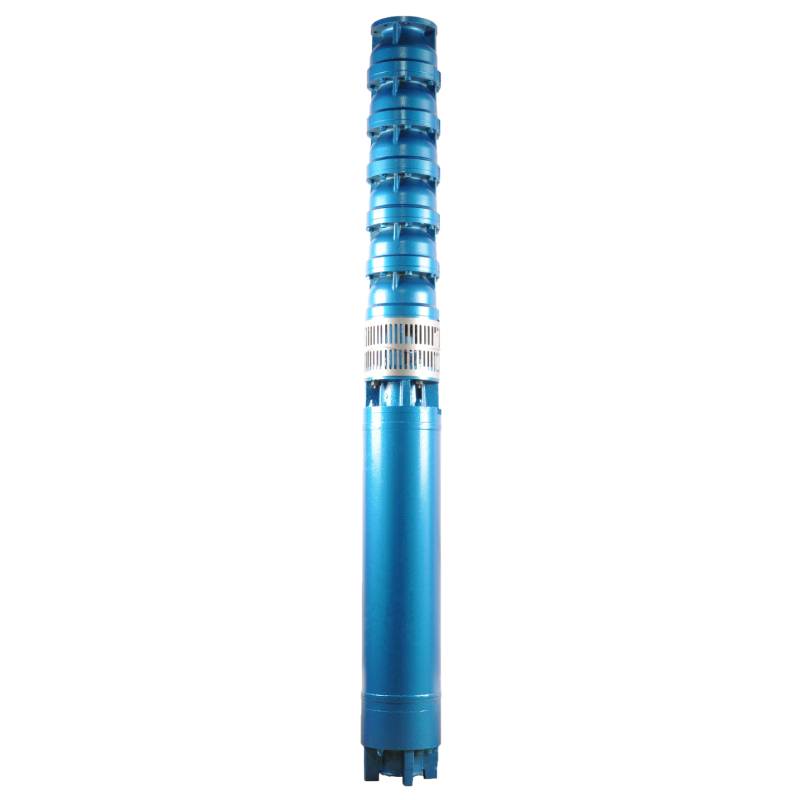Novemba . 15, 2024 20:38 Back to list
how to prime a submersible pump
How to Prime a Submersible Pump A Step-by-Step Guide
Submersible pumps are essential tools for various applications, including draining flooded basements, controlling groundwater, and irrigation. However, one common issue that users encounter is the need to prime the pump before it can operate effectively. Priming a submersible pump ensures that it is filled with water, allowing it to create the necessary suction to draw fluid. In this article, we will discuss the step-by-step process to prime a submersible pump properly, ensuring optimal performance and longevity.
Understanding the Need for Priming
Priming is the process of filling the pump and suction line with liquid before initial operation. Submersible pumps are designed to be submerged in the fluid they are meant to pump. Typically, they are self-priming; however, certain conditions—like air trapped in the pump or the pump being positioned too high above the water level—can prevent effective operation. This can lead to a lack of suction and can damage the pump if not addressed.
Step-by-Step Guide to Priming a Submersible Pump
Step 1 Safety First
Before starting any work on your pump, ensure your safety. Turn off the power supply to the pump to avoid electrical shock. If the pump is connected to an outlet, unplug it. If it is hardwired, make sure to turn off the circuit breaker.
Step 2 Inspect the Pump
Examine the pump for any visible damage or wear, particularly around the seals and impeller. Ensure that the intake screen is not clogged with debris, as this can impact the pump’s efficiency. If necessary, clean the intake area thoroughly before proceeding.
Step 3 Remove Air from the Pump
To effectively prime the submersible pump, you need to eliminate any air trapped within. Submersible pumps usually have an air release valve or a plug on the top or side. If applicable, loosen this valve or plug slightly to allow trapped air to escape. Be careful not to remove it completely, as water will begin to flow out.
Step 4 Fill the Pump with Water
how to prime a submersible pump

Once the air is released, it’s time to fill the pump with water. You can do this by submerging the pump in the water source (such as a well or a sump) or pouring water directly into the pump through the opening created by the valve or plug. Fill the pump until you see water coming out of the air release valve or the plug. This indicates that the pump is now full of water.
Step 5 Re-secure the Air Release Valve
After filling the pump, tighten the air release valve or plug carefully to ensure a proper seal. This will prevent air from re-entering the system. Ensure the valve is not over-tightened, which could cause damage to the threads.
Step 6 Power Up the Pump
With the pump now primed, restore the power supply. If the pump is plugged into a socket, plug it back in. If it’s hardwired, switch the circuit breaker back on. The pump should start running and should begin to draw water.
Step 7 Monitor the Operation
Once the pump begins to operate, keep an eye on its performance. Check for any leaks, unusual noises, or vibrations. If the pump fails to draw water after a few minutes, you may need to repeat the priming process or check for additional issues such as blockages in the piping or a faulty pump.
Additional Tips
- Regular Maintenance Regularly check and maintain your submersible pump to prevent air from becoming trapped in the system. Periodic inspection helps identify any potential issues early on. - Use a Check Valve Installing a check valve in the discharge line can help maintain water in the lines, making subsequent priming easier. - Consult the Manual Always refer to the manufacturer's manual specific to your pump model for detailed instructions and specifications.
Conclusion
Priming a submersible pump is a straightforward process that can significantly enhance its performance and lifespan. By following these steps, you can ensure your pump operates efficiently, allowing you to manage your water-related tasks effectively. Remember, when in doubt, consult a professional to avoid any potential damage to your pump.
-
Submersible Water Pump: The Efficient 'Power Pioneer' of the Underwater World
NewsJul.01,2025
-
Submersible Pond Pump: The Hidden Guardian of Water Landscape Ecology
NewsJul.01,2025
-
Stainless Well Pump: A Reliable and Durable Pumping Main Force
NewsJul.01,2025
-
Stainless Steel Submersible Pump: An Efficient and Versatile Tool for Underwater Operations
NewsJul.01,2025
-
Deep Well Submersible Pump: An Efficient 'Sucker' of Groundwater Sources
NewsJul.01,2025
-
Deep Water Well Pump: An Efficient 'Sucker' of Groundwater Sources
NewsJul.01,2025
-
 Submersible Water Pump: The Efficient 'Power Pioneer' of the Underwater WorldIn the field of hydraulic equipment, the Submersible Water Pump has become the core equipment for underwater operations and water resource transportation due to its unique design and excellent performance.Detail
Submersible Water Pump: The Efficient 'Power Pioneer' of the Underwater WorldIn the field of hydraulic equipment, the Submersible Water Pump has become the core equipment for underwater operations and water resource transportation due to its unique design and excellent performance.Detail -
 Submersible Pond Pump: The Hidden Guardian of Water Landscape EcologyIn courtyard landscapes, ecological ponds, and even small-scale water conservancy projects, there is a silent yet indispensable equipment - the Submersible Pond Pump.Detail
Submersible Pond Pump: The Hidden Guardian of Water Landscape EcologyIn courtyard landscapes, ecological ponds, and even small-scale water conservancy projects, there is a silent yet indispensable equipment - the Submersible Pond Pump.Detail -
 Stainless Well Pump: A Reliable and Durable Pumping Main ForceIn the field of water resource transportation, Stainless Well Pump has become the core equipment for various pumping scenarios with its excellent performance and reliable quality.Detail
Stainless Well Pump: A Reliable and Durable Pumping Main ForceIn the field of water resource transportation, Stainless Well Pump has become the core equipment for various pumping scenarios with its excellent performance and reliable quality.Detail
